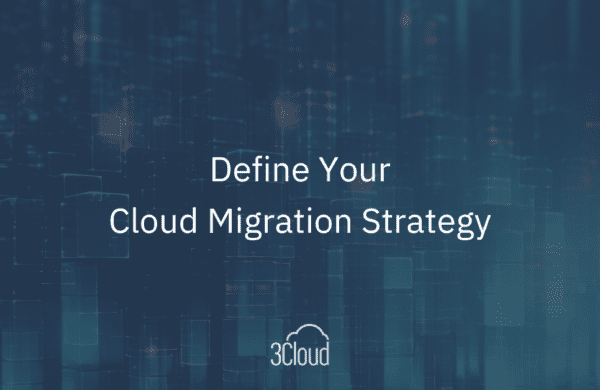The advantages of cloud technology are apparent with more than 95% of Fortune 500 companies using Azure infrastructure architectures. When migrating to the cloud, four key factors should be considered in deciding whether to outsource or manage the transition internally.
Building a Business Case
Reaching consensus internally across major stakeholders is the first step in cloud migration. First, identify all the reasons for moving to the cloud. Once a consensus is reached, a seamless migration process will ensure a smooth transition, maximizing efficiency, scalability, and cost savings for your business.
Outsourcing: Outsourcing cloud migration to an IT consultant brings several advantages. It allows you to benefit from best practices and lessons learned in building a business case. A consultant can help identify potential benefits for your business.
DIY: Often, the sole objective of cloud migration is cost savings. Cloud technology can help businesses capitalize on agility and quickly reach new customers. If your business is not taking advantage of this, you may be missing out on valuable opportunities. Besides cost savings, the cloud can help you grow your business. 70% of companies surveyed by Microsoft report reinvesting cloud cost-savings.
Selecting a Migration Approach
Choosing the right cloud migration strategy is not easy. It may be necessary to use a combination of methods, depending on your specific needs.
Outsourcing can be beneficial for businesses. Navigating the complexities of cloud migration requires expert guidance. An IT consultant will first analyze your current systems. They will then create a plan tailored to your business goals. Then, they are ready to assist you with migrating to the cloud. This could be done with the most suitable solution or a combination of solutions. These solutions include lift and shift, refactor, rebuild or rehost.
DIY: Many companies don’t spend enough time understanding and considering cloud migration approaches. There are many options to select from. If you pick the wrong one, you may waste precious resources and not get a return on your investment.
Moving Everything at Once
Moving some workloads is easier than others. Most organizations think they need to move everything at once but that may not be the case.
Outsourcing: An IT consultant can help you decide which process to move first by analyzing your entire portfolio. They will take into account any highly-customized or integrated application profiles when considering migration costs. Costs can vary widely for these items. It’s important to decide which parts of your business would benefit most from cloud services and migrate those first.
DIY: When considering a move to the cloud, it may seem straightforward. However, it is important to take a holistic view. Consider the overall impact of the move, both now and in the future. If you have an ongoing process in which there isn’t a need for change, you can put that on hold. A staged approach lets you create priorities for migration.
Underestimating the Work
Many companies underestimate the amount of work involved in cloud migration and this is one of the main reasons for failure.
Outsourcing: Although the cloud is seen as a simple, secure alternative to traditional on-premises solutions, deploying workloads to the cloud can be complex, particularly in hybrid situations. When companies opt for outsourcing their cloud migration, they gain access to specialized expertise and resources that can efficiently handle the intricate process, mitigating the risk of underestimating the workload and increasing the chances of a successful migration.
DIY: A mistake often seen is layering cloud solutions on top of legacy systems and software. It is critical to ensure that the solution chosen is able to be integrated with your existing systems. Attempting a DIY approach without a thorough understanding of the complexities involved can lead to insufficient planning and inadequate resource allocation.
Cloud computing has transformed the way enterprises grow. Since cloud services are scalable, even small organizations can benefit from the sheer power of Azure. Moving workloads to the cloud can help any organization run and manage applications at a global scale, while providing secure and flexible environments.
Organizations must migrate to the cloud to stay competitive. It is essential that cloud migration planning is done carefully and thoughtfully. It must be done in a deliberate and comprehensive way.
To learn more about Cloud Migration and find out what’s right for your business, reach out to us today.




